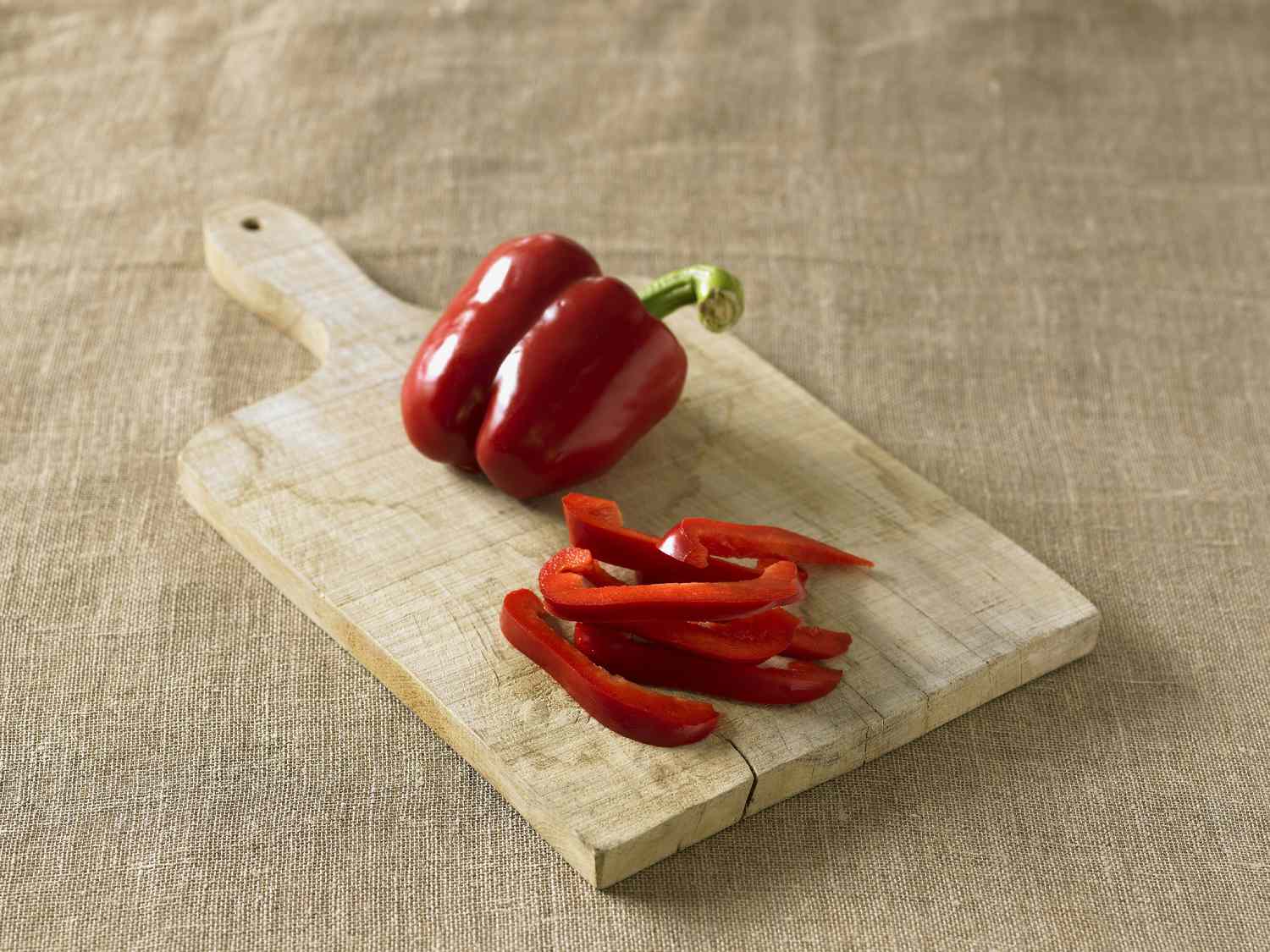

Articles
How To Store Peppers After Cutting
Modified: August 16, 2024
Learn how to properly store peppers after cutting to keep them fresh and flavorful. Read our informative articles on the best storage methods for peppers.
(Many of the links in this article redirect to a specific reviewed product. Your purchase of these products through affiliate links helps to generate commission for Storables.com, at no extra cost. Learn more)
Introduction
Peppers are a versatile and flavorful vegetable that adds a vibrant touch to various dishes. Whether you enjoy them raw in salads, sautéed in stir-fries, or roasted for a smoky flavor, peppers can elevate any meal. However, what do you do with leftover peppers after you’ve cut them? Proper storage is essential to ensure their freshness and flavor are preserved.
In this article, we will explore the various options for storing peppers after cutting. From refrigeration to freezing and pantry storage, we will guide you through the steps to keep your peppers at their best for as long as possible.
Key Takeaways:
- Properly storing cut peppers is crucial for maintaining their freshness and flavor. Whether refrigerating, freezing, or using pantry storage, follow the right method to minimize food waste and maximize taste.
- Clean, label, and choose the right storage method for cut peppers. Whether in the refrigerator, freezer, or pantry, these steps will help preserve their quality and ensure delicious meals for longer.
Read more: How To Store Peppers After Harvest
Proper Cleaning
Before storing your freshly cut peppers, it’s crucial to ensure they are properly cleaned. This step removes any dirt, bacteria, or residue that may be present on the surface of the peppers.
Start by rinsing the peppers under cool running water. Use your hands to gently rub the surface of the peppers to remove any dirt or debris. For stubborn spots, you can use a soft brush, such as a vegetable brush, to scrub the peppers gently.
After washing, pat the peppers dry with a clean kitchen towel or paper towel. It’s important to remove excess moisture, as it can promote the growth of mold and bacteria during storage.
Additionally, if you notice any signs of bruising or soft spots on the peppers, cut them away before storing them. This will help prevent the spread of spoilage and prolong the freshness of the remaining pepper pieces.
By taking the time to properly clean your peppers before storage, you can maintain their quality and ensure a longer shelf life.
Storage Options
When it comes to storing cut peppers, you have several options to choose from, depending on how long you want to store them and your preferred method of preservation. The main storage options include refrigeration, freezing, and pantry storage.
- Refrigeration: Storing cut peppers in the refrigerator is a popular option because it allows the peppers to stay fresh for a few days. To store peppers in the refrigerator, place them in an airtight container or resealable plastic bag. Make sure to remove as much air as possible before sealing the bag or container. This helps prevent moisture loss, which helps to maintain the crispness of the peppers. The refrigerator should be set to a temperature between 35 to 40 degrees Fahrenheit (1.6 to 4.4 degrees Celsius).
- Freezing: Freezing peppers is an excellent option if you want to extend their shelf life for an extended period. Start by blanching the peppers in boiling water for a couple of minutes, then quickly transferring them to an ice bath to stop the cooking process. Drain the peppers and pat them dry before placing them in freezer-safe bags or containers. Label the bags or containers with the date and place them in the freezer. Frozen peppers can last for up to six months.
- Pantry Storage: If you plan to use the peppers within a day or two, you can store them at room temperature in a cool, dry place like a pantry or countertop. Ensure that the area is well-ventilated and away from direct sunlight. This storage method is suitable for peppers that have been cut but are not yet fully ripe. However, keep in mind that prolonged room temperature storage can lead to a loss of crispness and freshness.
Choose the storage option that best suits your needs and the time frame in which you plan to use the peppers. Now, let’s take a closer look at each storage method and the steps involved in storing peppers after cutting.
Storing in the Refrigerator
Refrigeration is a reliable method for storing cut peppers and keeping them fresh for a few days. Here are the steps to properly store peppers in the refrigerator:
- After cleaning and drying the peppers, cut them into desired sizes or slices.
- Place the cut peppers into an airtight container or resealable plastic bag.
- Ensure all the peppers are arranged in a single layer to prevent them from becoming mushy and sticking together.
- Remove as much air as possible from the container or bag before sealing it.
- Label the container or bag with the current date to keep track of freshness.
- Store the container or bag in the refrigerator at a temperature between 35 to 40 degrees Fahrenheit (1.6 to 4.4 degrees Celsius).
- It’s essential to use the peppers within a few days for optimal taste and quality. After this time, they may start to lose their texture and flavor.
- Before using the refrigerated peppers, inspect them for any signs of spoilage or mold. If they appear discolored or have a strange odor, it’s best to discard them.
By following these steps, you can enjoy fresh and crisp peppers even after they have been cut.
Store cut peppers in an airtight container or resealable bag in the refrigerator. For longer storage, you can also freeze them in a freezer-safe bag or container.
Storing in the Freezer
If you want to extend the shelf life of cut peppers even further, freezing is an excellent option. Here’s how you can store cut peppers in the freezer:
- Start by blanching the peppers. Blanching helps to preserve the color, texture, and flavor of the peppers. To blanch, bring a pot of water to a boil and prepare a bowl filled with ice water.
- Cut the peppers into desired sizes or slices and remove the seeds.
- Drop the peppers into the boiling water and blanch them for about 2 minutes.
- Quickly remove the peppers from the boiling water and transfer them to the bowl of ice water to stop the cooking process.
- Once the peppers have cooled down, drain them thoroughly and pat them dry.
- Place the blanched and dried peppers into freezer-safe bags or airtight containers.
- Seal the containers or bags, making sure to remove as much air as possible to prevent freezer burn.
- Label the bags or containers with the current date.
- Store the peppers in the freezer, where they can last for up to six months.
When you’re ready to use the frozen peppers, you can directly add them to soups, stews, stir-fries, or cook them according to your preference. There is no need to thaw them beforehand, as they cook quickly from their frozen state.
Freezing peppers is a convenient way to have them on hand for future meals, even long after they have been cut.
Read more: How To Store Cut Peppers And Onions
Storing in the Pantry
While refrigeration and freezing are popular methods for storing cut peppers, storing them in the pantry can be a suitable option if you plan to use them within a day or two. Here’s how you can store cut peppers in the pantry:
- After cleaning and drying the peppers, cut them into desired sizes or slices.
- Place the cut peppers in a breathable container like a mesh bag or a paper bag.
- Ensure the container is placed in a cool, dry place away from direct sunlight.
- Keep in mind that room temperature storage can cause the peppers to lose their crispness and freshness over time.
- Inspect the peppers before using them for any signs of spoilage or mold. Discard any peppers that appear discolored or have an off smell.
Storing peppers in the pantry is a convenient option if you plan to use them within a short period. However, if you want to extend their shelf life, refrigeration or freezing is recommended.
Essential Tips for Storing Peppers After Cutting
When it comes to storing cut peppers, there are a few essential tips to keep in mind to ensure their longevity and quality. Here are some helpful tips:
- Properly clean the peppers: Before storing the cut peppers, make sure to wash them thoroughly to remove any dirt or residue. Pat them dry to remove excess moisture before storage.
- Choose the right storage method: Select the storage method based on how long you plan to store the peppers and your preferred preservation method. Refrigeration is best for a few days, freezing for longer-term storage, and pantry storage for short-term use.
- Keep them in airtight containers: When storing cut peppers in the refrigerator or freezer, use airtight containers or resealable bags to maintain their freshness and prevent odors from seeping in.
- Label and date: Properly label containers or bags with the current date before storing them. This helps you keep track of their freshness and enables you to use the oldest peppers first.
- Avoid moisture build-up: Moisture can lead to spoilage, so it’s important to remove excess moisture from the peppers before storage. Pat them dry with a clean towel or paper towel before placing them in containers or bags.
- Inspect for spoilage: Before using stored peppers, check them for any signs of spoilage, such as discoloration or a foul odor. Discard any peppers that show such signs to avoid consuming spoiled food.
- Consider portion packaging: If you frequently use small amounts of peppers, consider portioning them before storing. This way, you can easily thaw or use only the amount you need without having to thaw the entire batch.
- Use within a reasonable time frame: While proper storage methods can extend the shelf life of cut peppers, it’s important to use them within a reasonable time frame for optimal taste and quality. As a general rule, aim to use refrigerated peppers within a few days and frozen peppers within six months.
By following these essential tips, you can maximize the freshness and flavor of your cut peppers and minimize food waste.
Conclusion
Properly storing cut peppers is essential to maintain their freshness, flavor, and nutritional value. Whether you choose to store them in the refrigerator, freezer, or pantry, following the right storage method can help extend their shelf life and reduce food waste.
Refrigeration is a popular option for storing cut peppers for a few days, while freezing allows you to enjoy their flavor for an extended period. Pantry storage is suitable for short-term use.
Remember to properly clean the peppers before storing them, remove any signs of spoilage, and label the containers with the date for easy tracking. Additionally, make sure to remove excess moisture and use the peppers within a reasonable time frame for optimal taste.
By implementing these storage tips and techniques, you can ensure that your cut peppers remain fresh and delicious, enhancing the flavor of your meals for longer periods. So the next time you have leftover cut peppers, put these storage methods to use and make the most out of your flavorful vegetable.
Frequently Asked Questions about How To Store Peppers After Cutting
Was this page helpful?
At Storables.com, we guarantee accurate and reliable information. Our content, validated by Expert Board Contributors, is crafted following stringent Editorial Policies. We're committed to providing you with well-researched, expert-backed insights for all your informational needs.
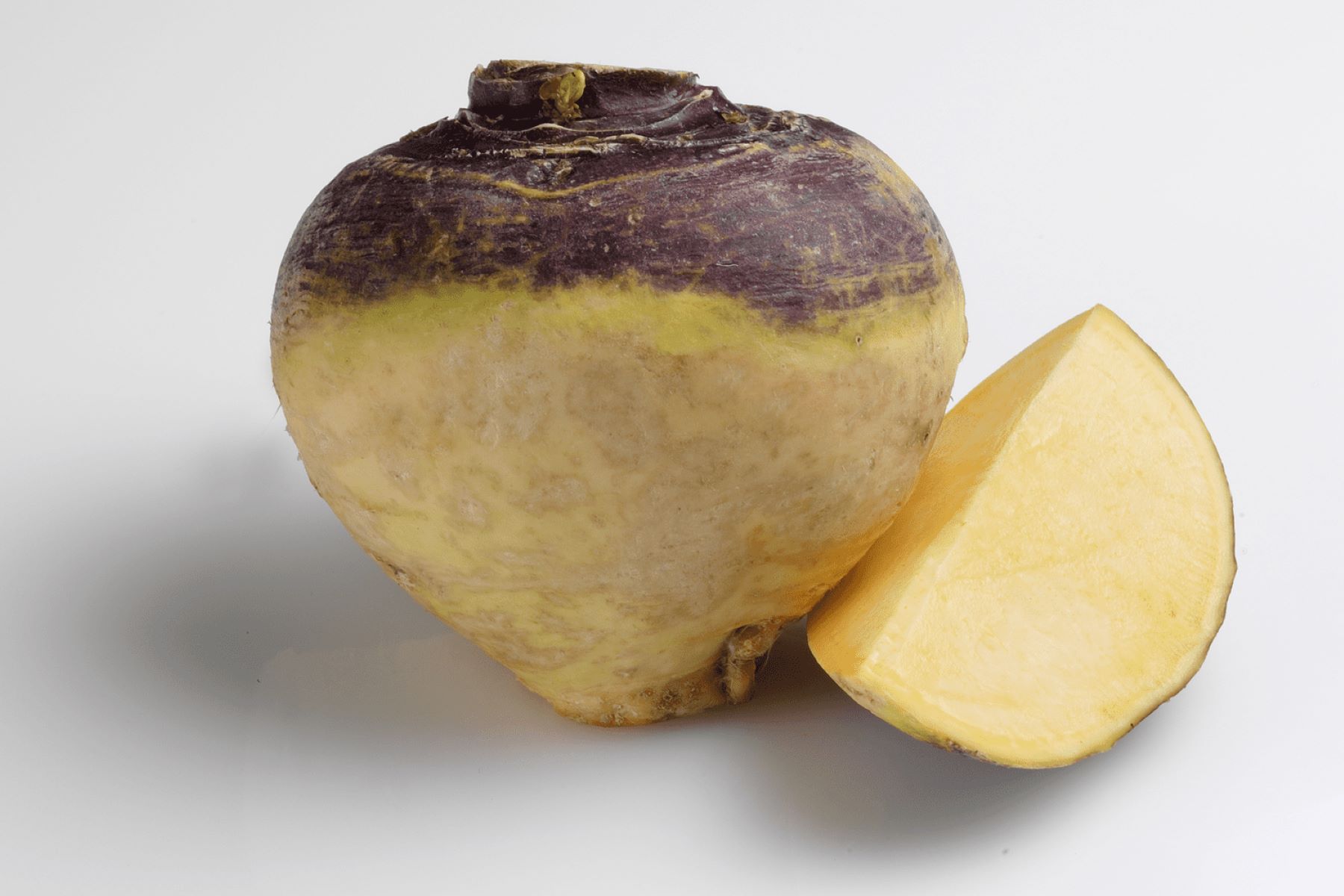
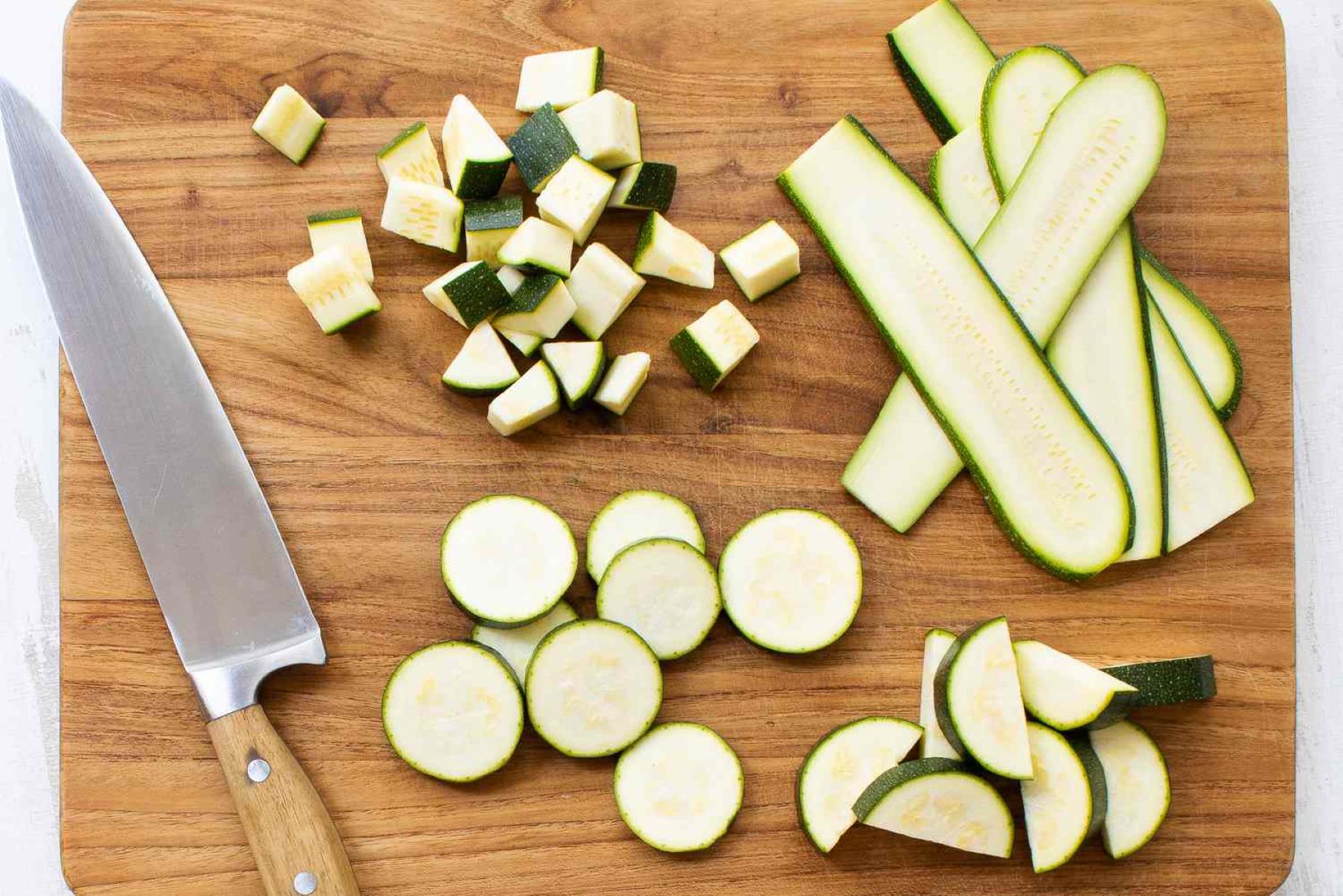
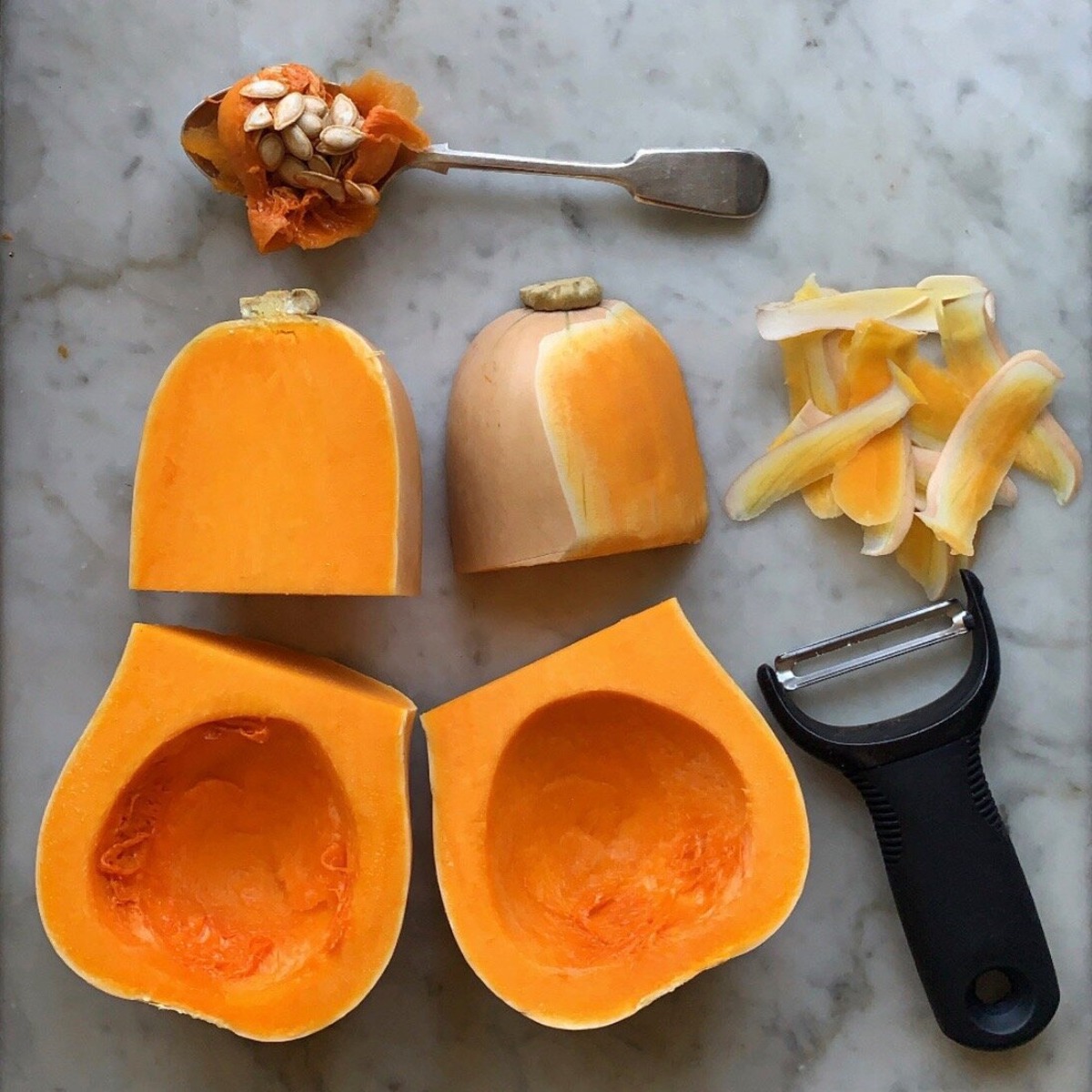
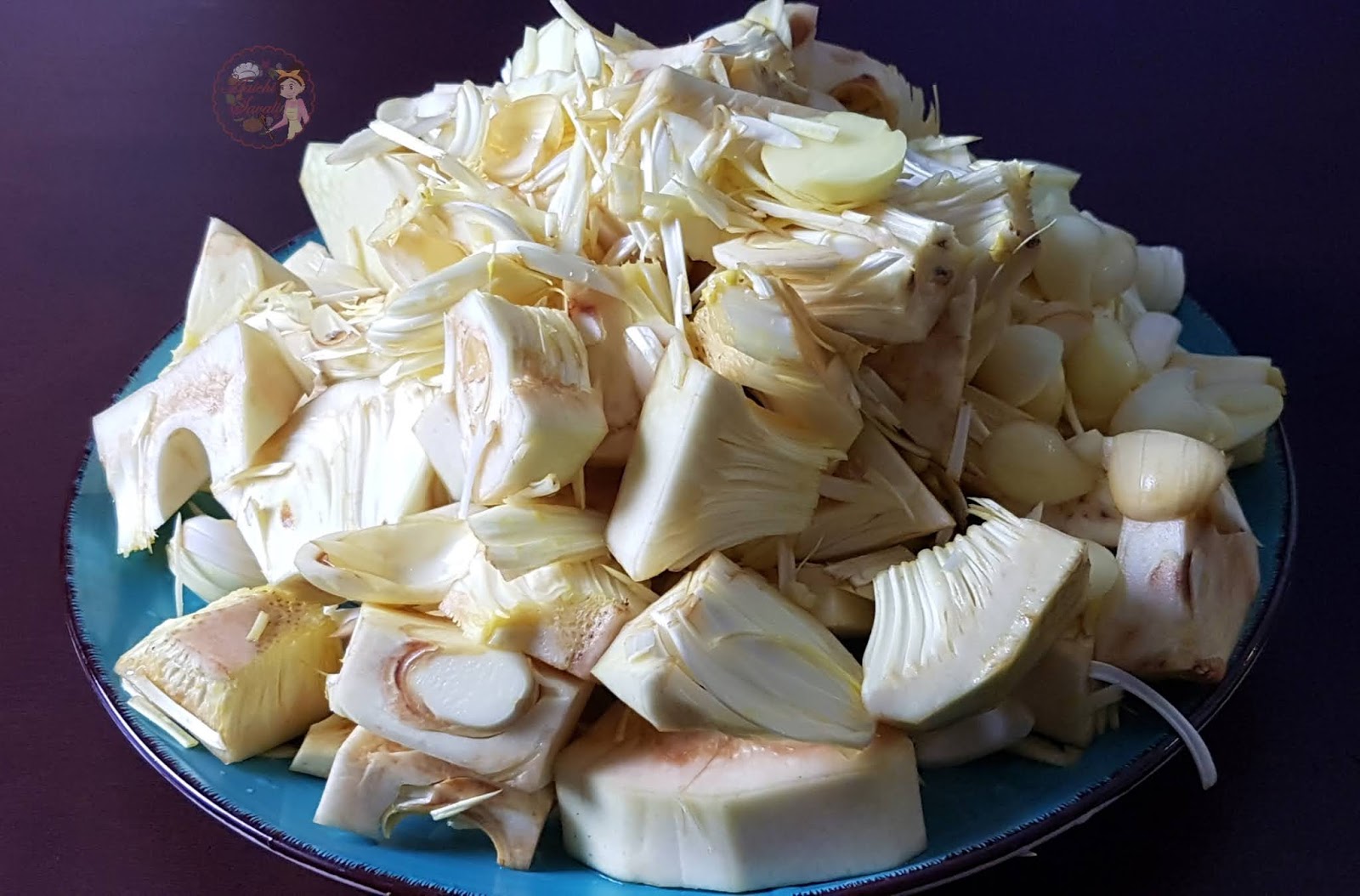
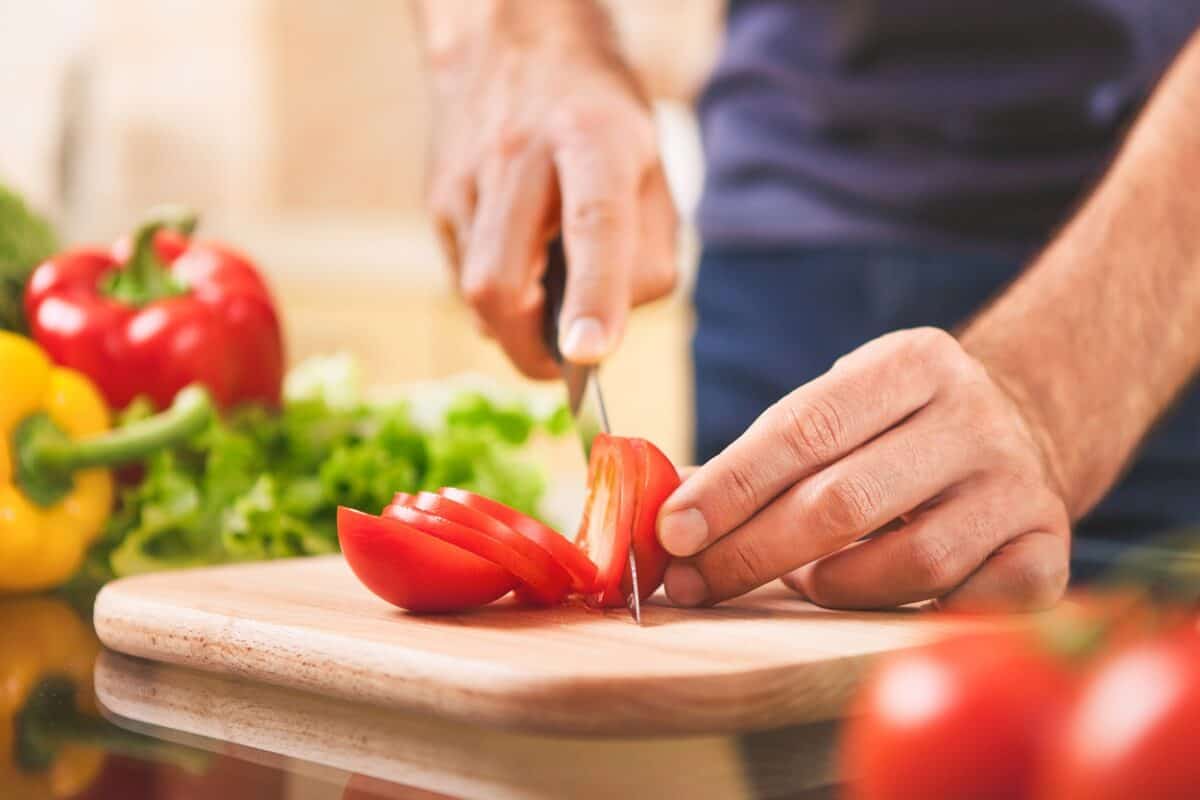
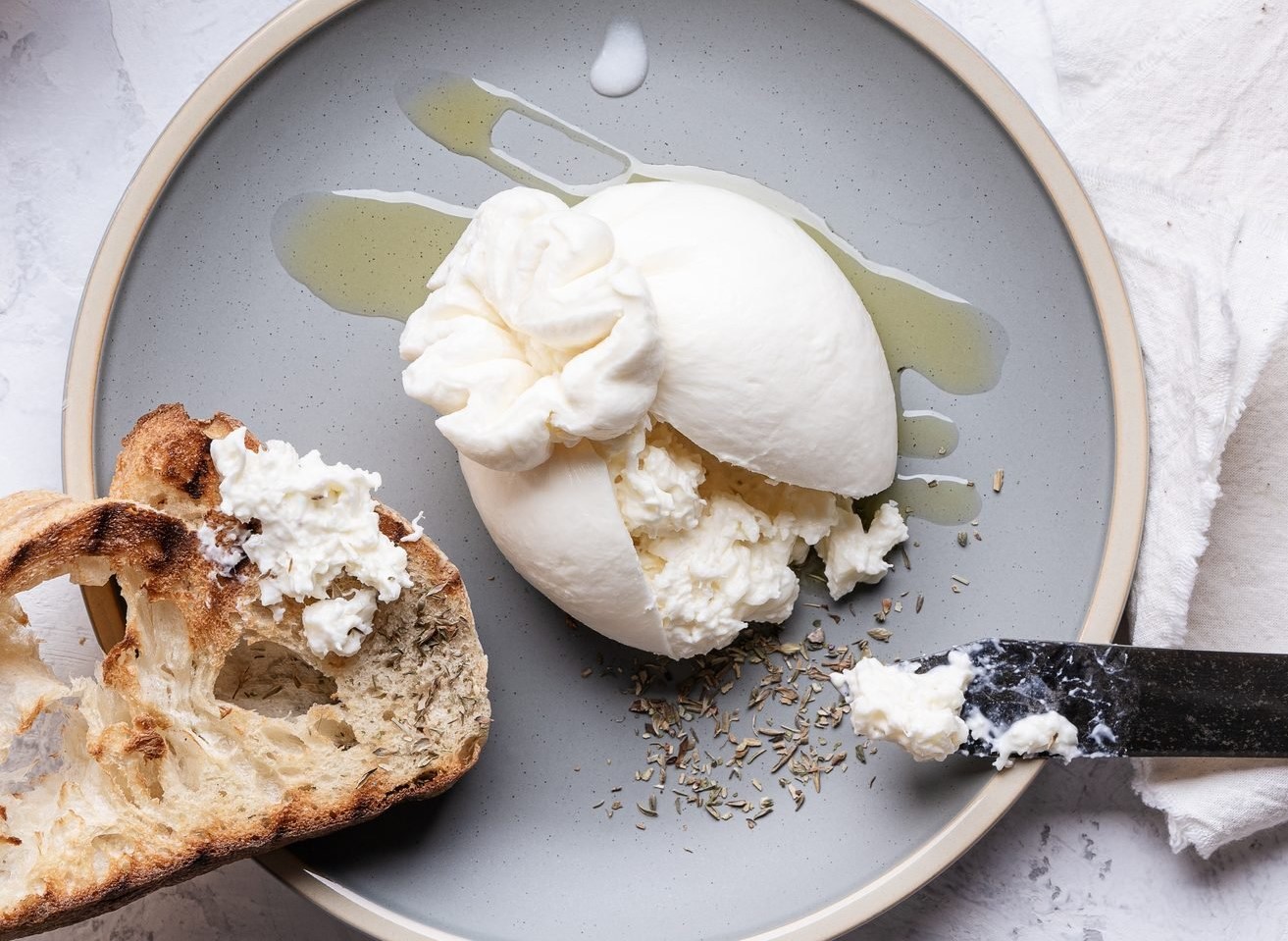
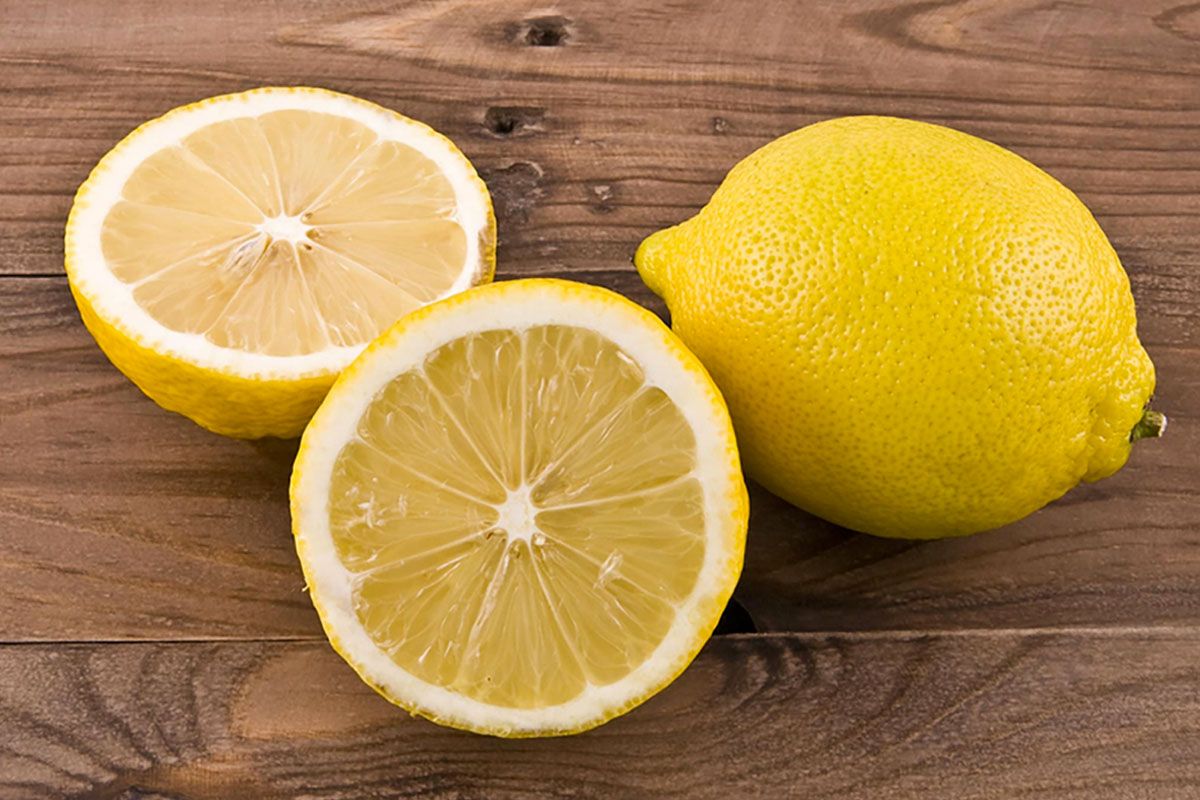
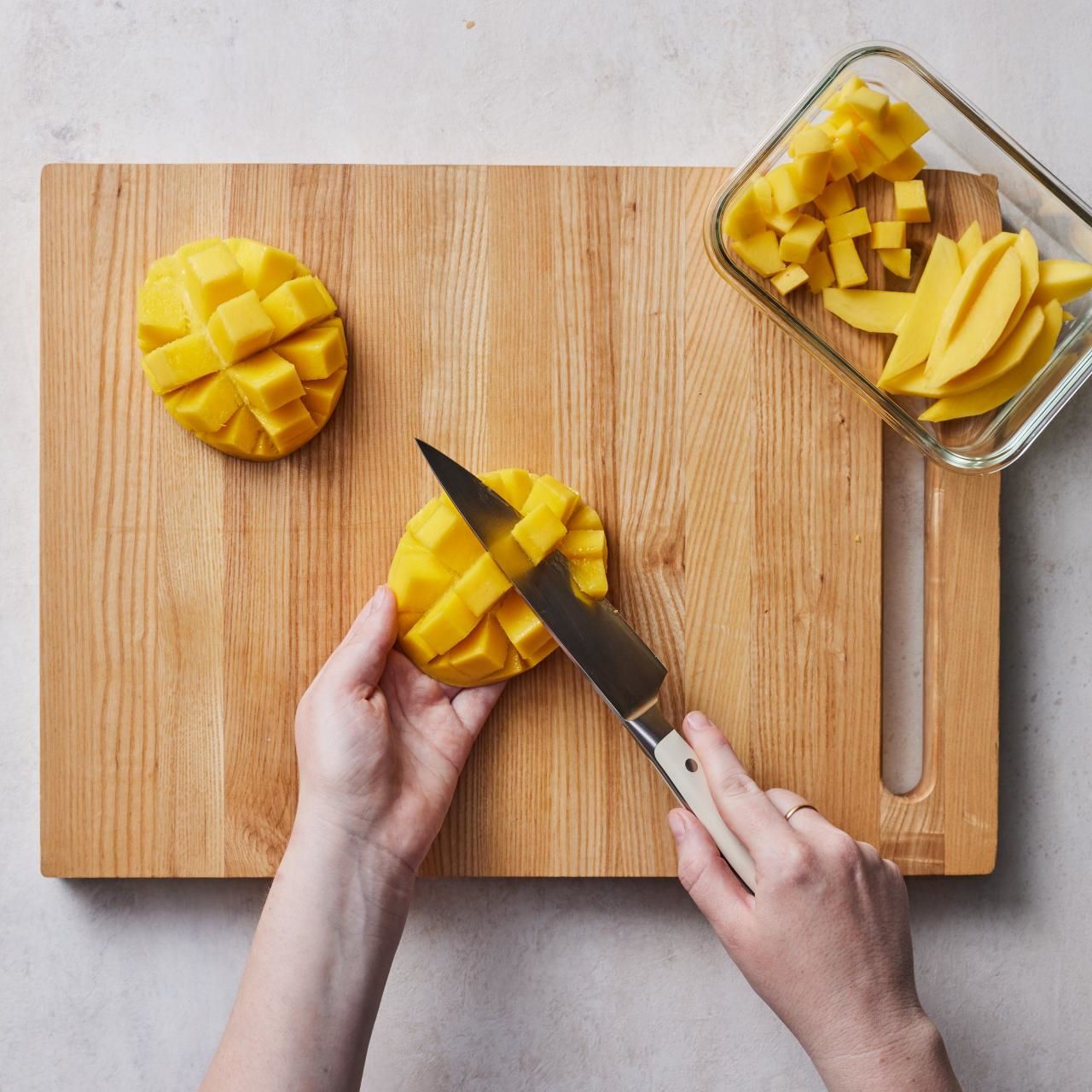
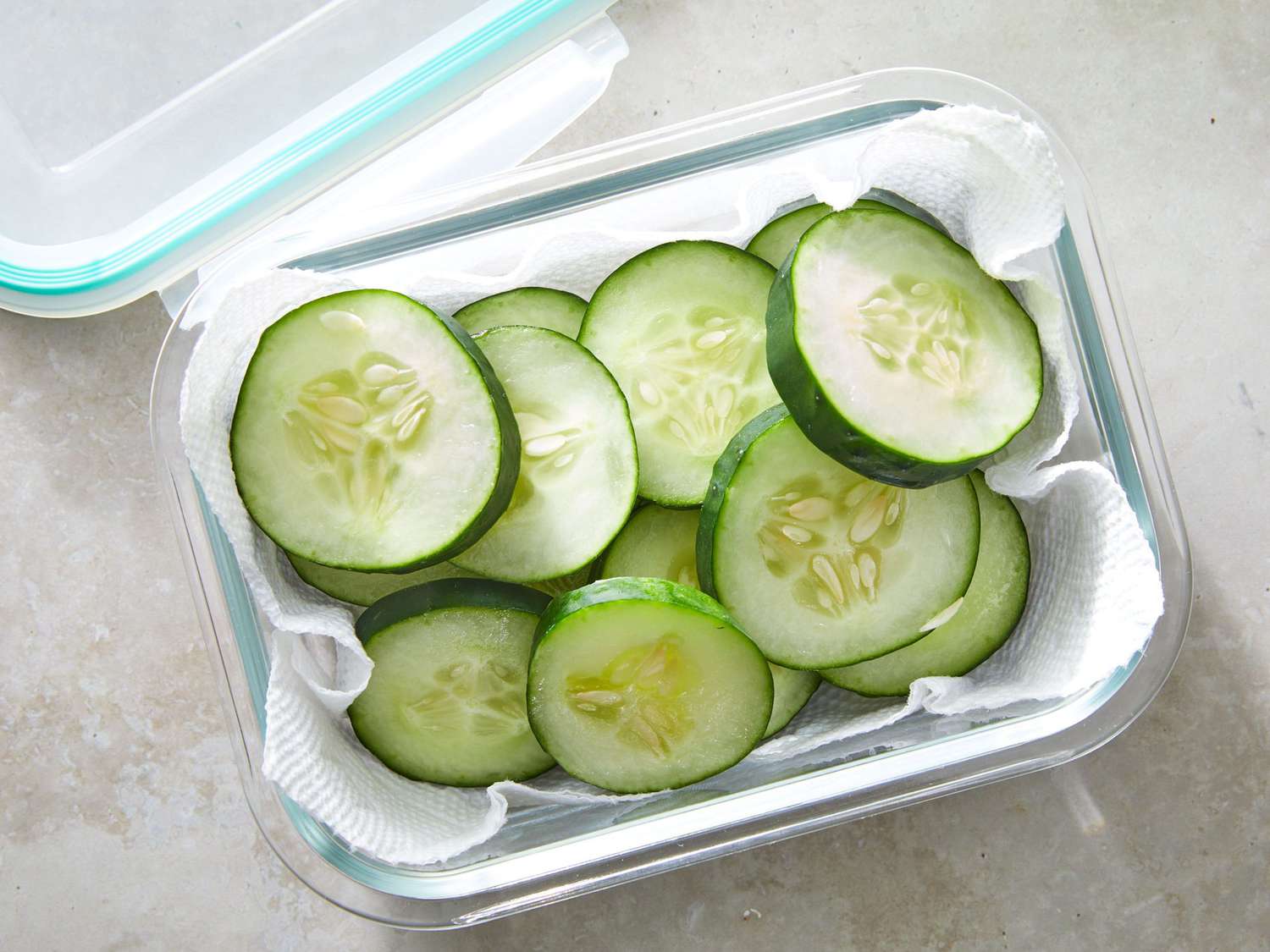
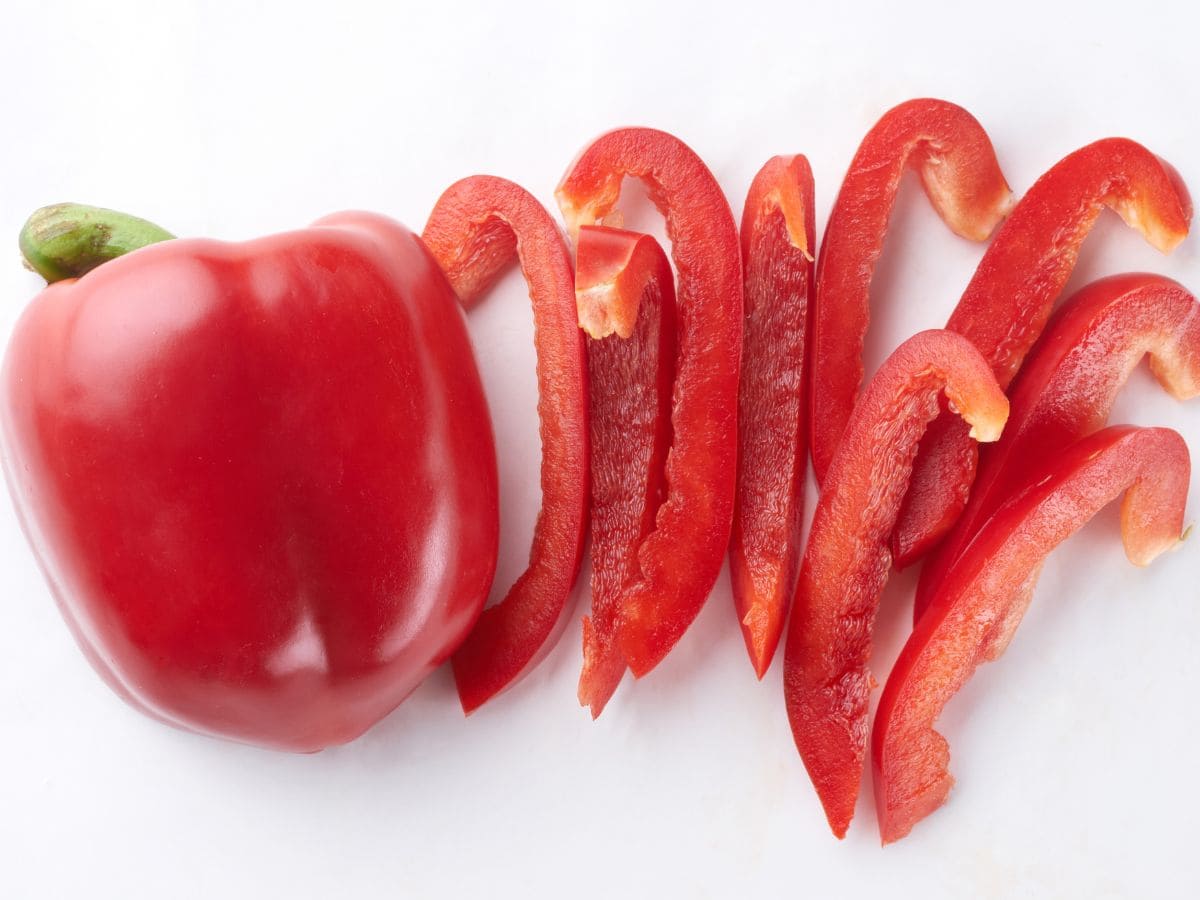
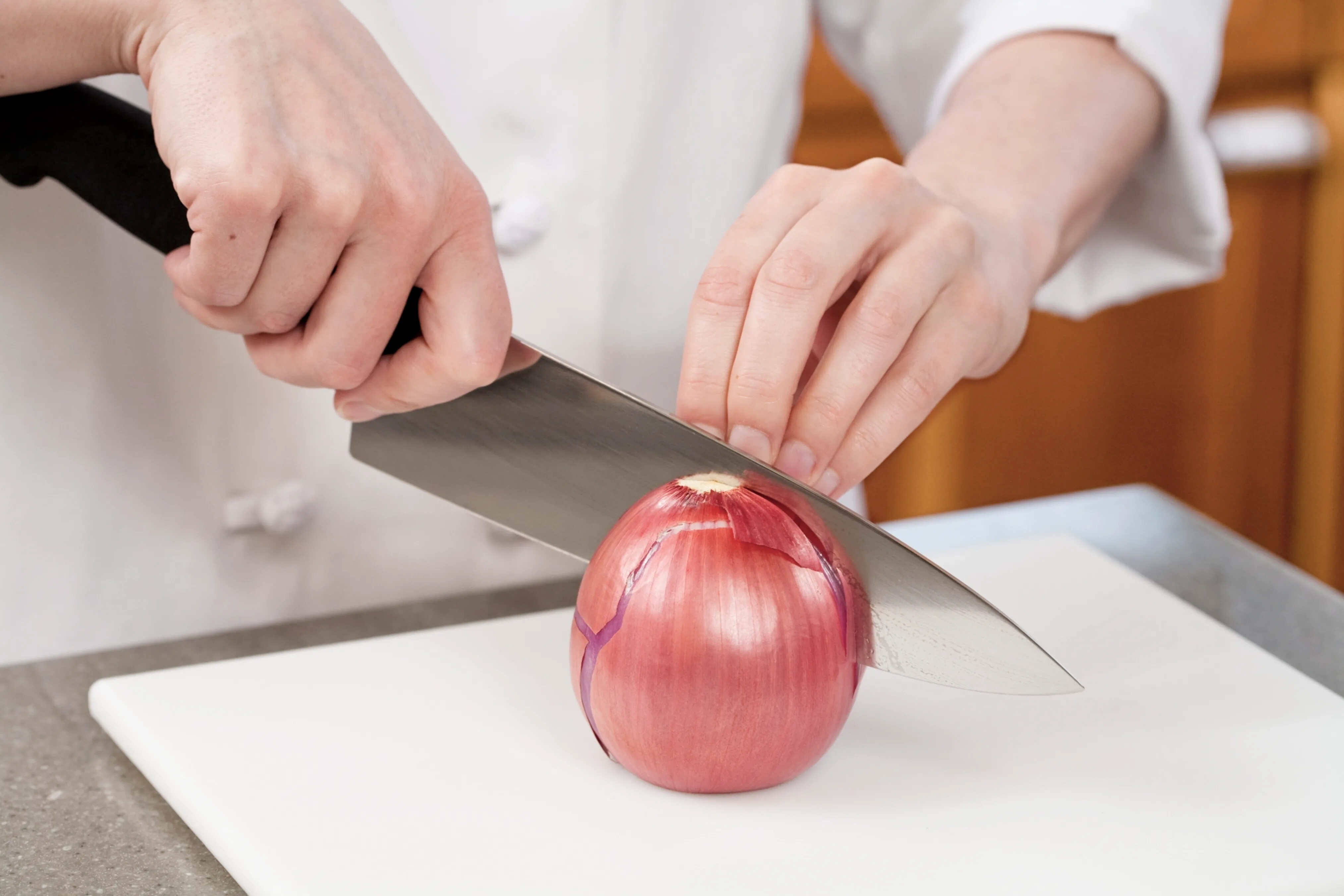
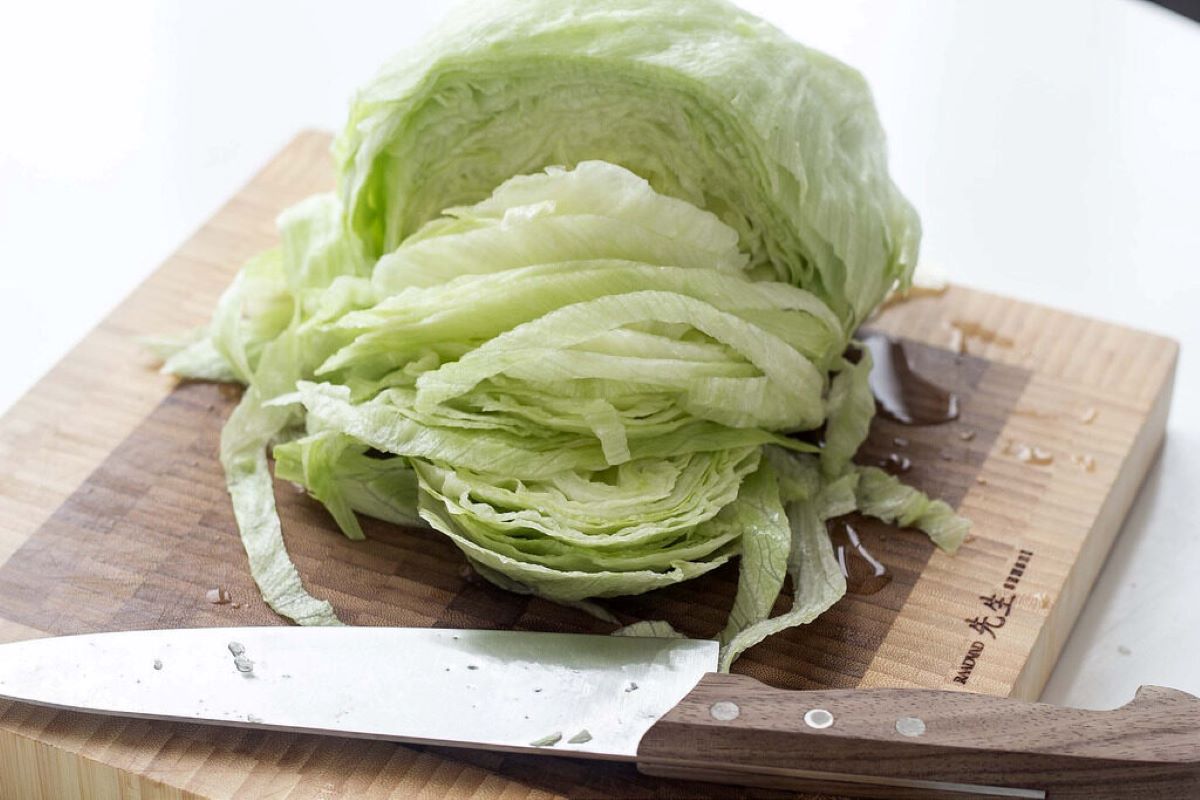
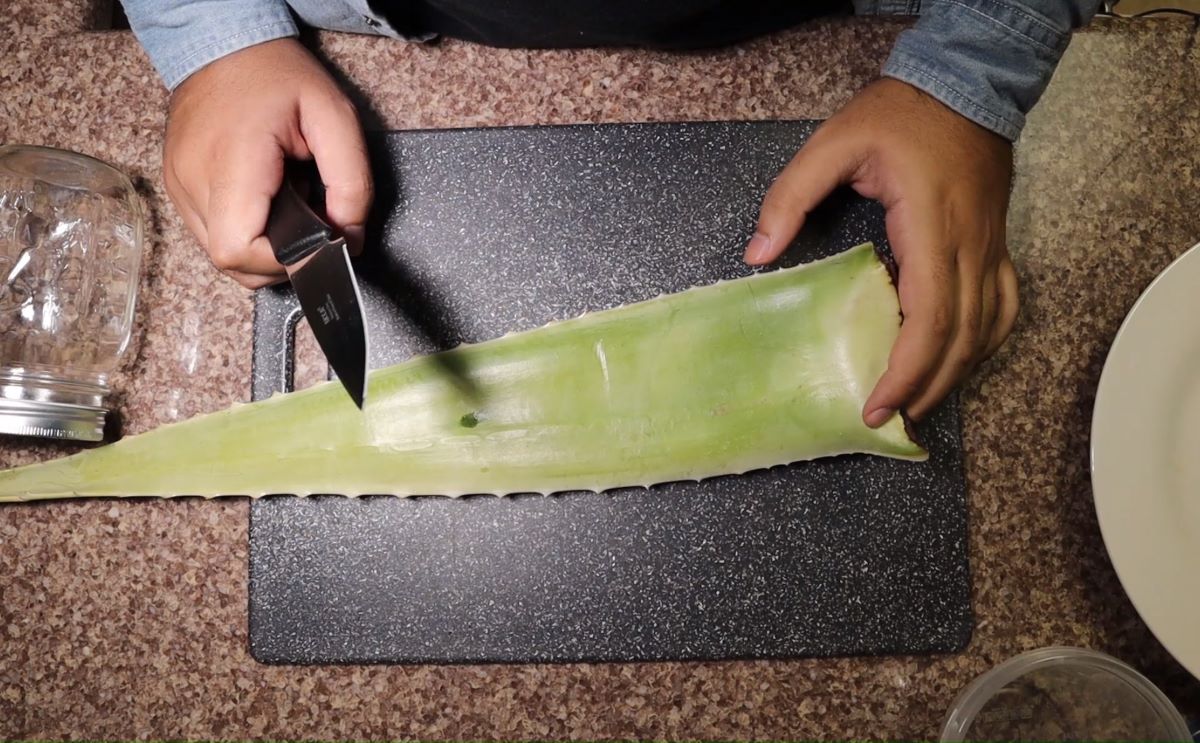
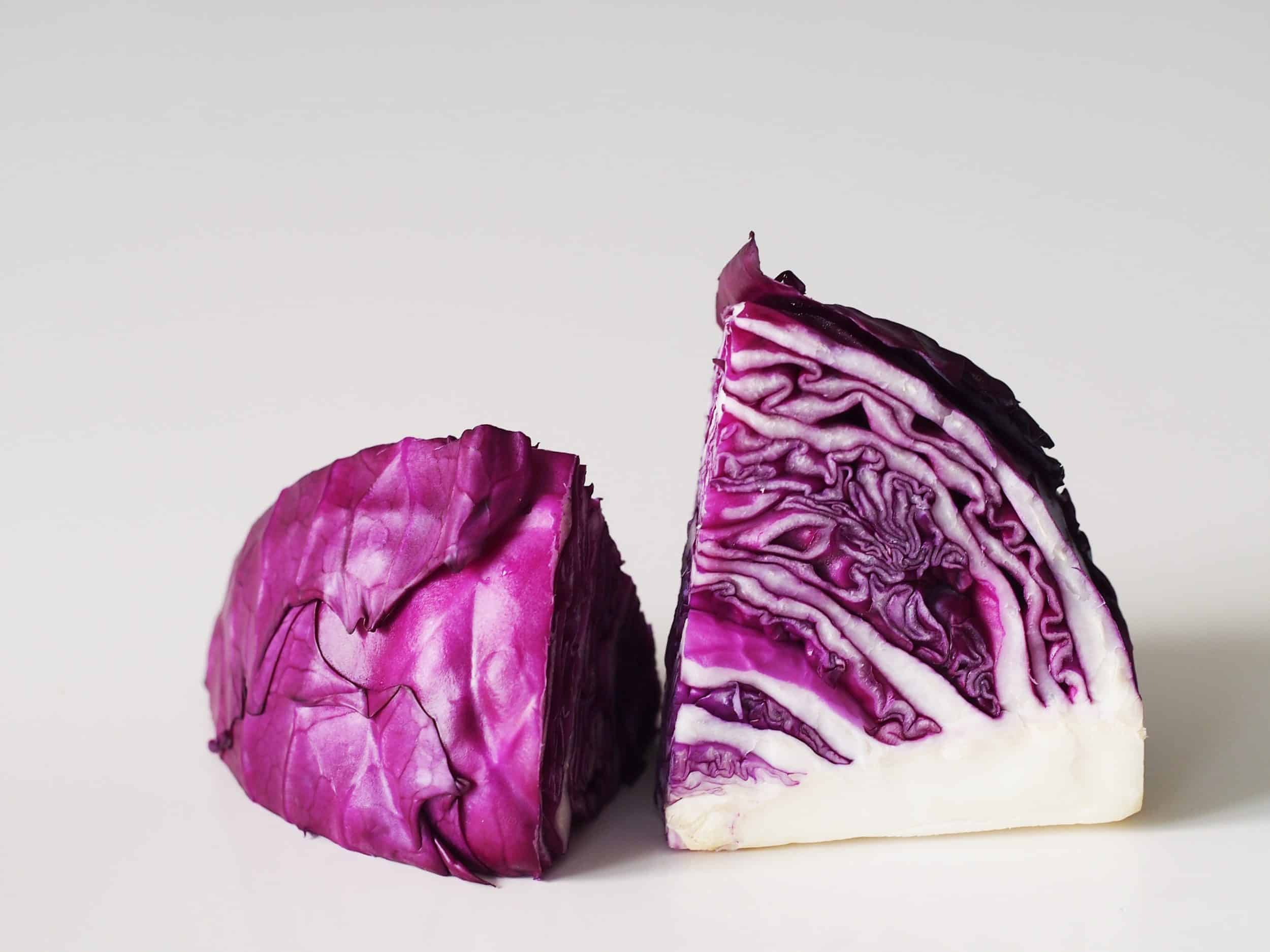

0 thoughts on “How To Store Peppers After Cutting”